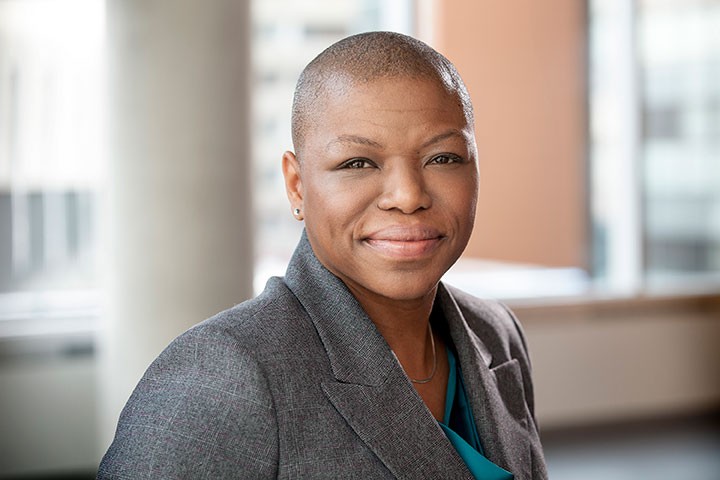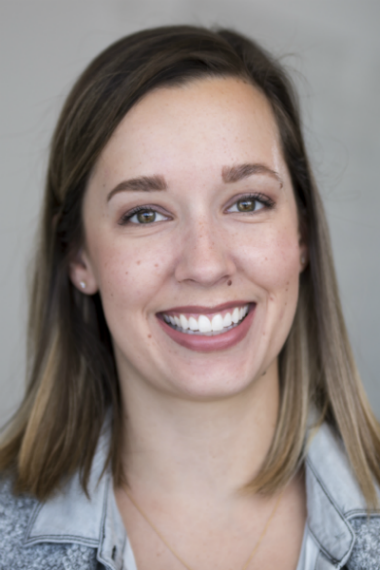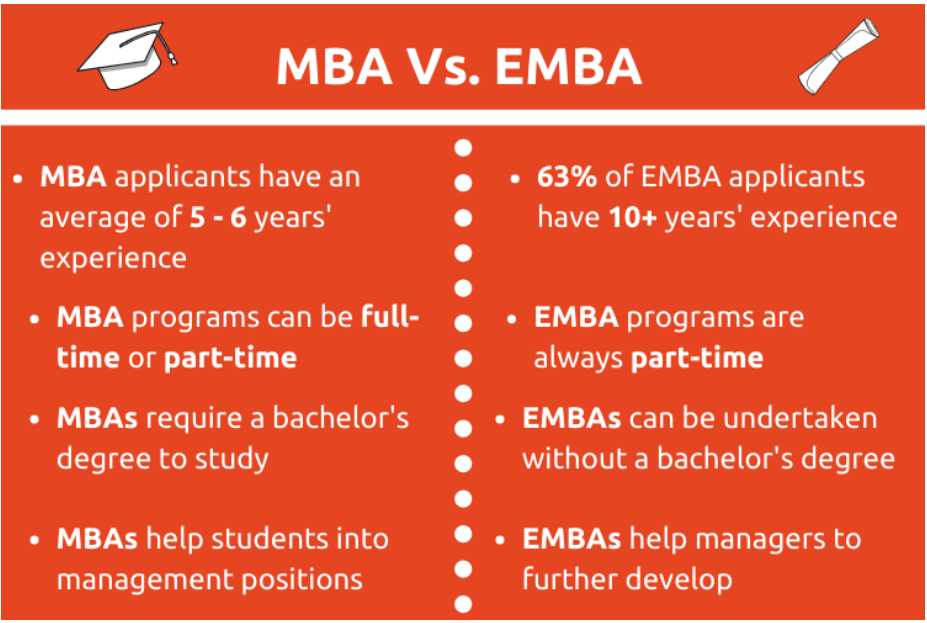For Sharon, the main difference between the two programs is the type of student they attract.
Students accepted onto the John Molson MBA typically have five or six years’ full-time experience, while their counterparts on the EMBA have a lot more—between 12 and 16 years.
Kristiana (above), who graduated from her own EMBA in the spring, agrees. “The EMBA is really designed for professionals who are working full-time at a high level in their organization,” she notes.
According to GMAC’s research, 63% of EMBA applicants have over 10 years’ experience.
Because of this experience, many EMBA programs don’t require an undergraduate degree. For an MBA, on the other hand, you’ll need to have completed a bachelor’s.
Goals
Being at different points in their careers, MBA and EMBA students enter business school with different goals, Sharon says.
An MBA will boost early careers, providing a broad overview of different business functions, which can act as a bridge to management positions.
The EMBA helps professionals who are already in management positions develop their existing business knowledge.
“Most EMBA students use the program to expand their role in their own organization, or branch out into new opportunities,” Sharon observes.
That’s exactly what Kristiana aimed to do when she joined the EMBA program at John Molson in 2017. Having worked in clinical research at the Montreal Neurological Institute and Hospital for seven years, she wanted to explore new possibilities.
“The EMBA has really opened my eyes to what I could potentially do,” she reflects.
Whether you study an MBA or EMBA, though, chances are that one of your goals is to build a stronger network.
The EMBA at John Molson has a small cohort, of no more than 30 students, while about 100 students begin the MBA each year, split into two classes.
For Kristiana, this was an important distinction.
“Because of this small class, you can really get the most from your peers,” she says.
Schedule
Kristiana was also attracted to the EMBA’s class schedule. Sessions are held on alternating Fridays and Saturdays, which allowed her to carry on working.
Like all EMBAs, the John Molson program is designed to fit in with the schedule of a full-time professional. This was ideal for Kristiana, who didn't want to take a career break while she studied.
With an MBA, though, full-time study is more common. Part-time MBAs are offered at John Molson and elsewhere, but these programs take longer to complete than an EMBA.
At John Molson, for instance, the EMBA program can be completed in 20 months, while the part-time MBA takes three to four years.


 Sharon Nelson is the assistant director for the EMBA program at Concordia University's John Molson School of Business
Sharon Nelson is the assistant director for the EMBA program at Concordia University's John Molson School of Business

